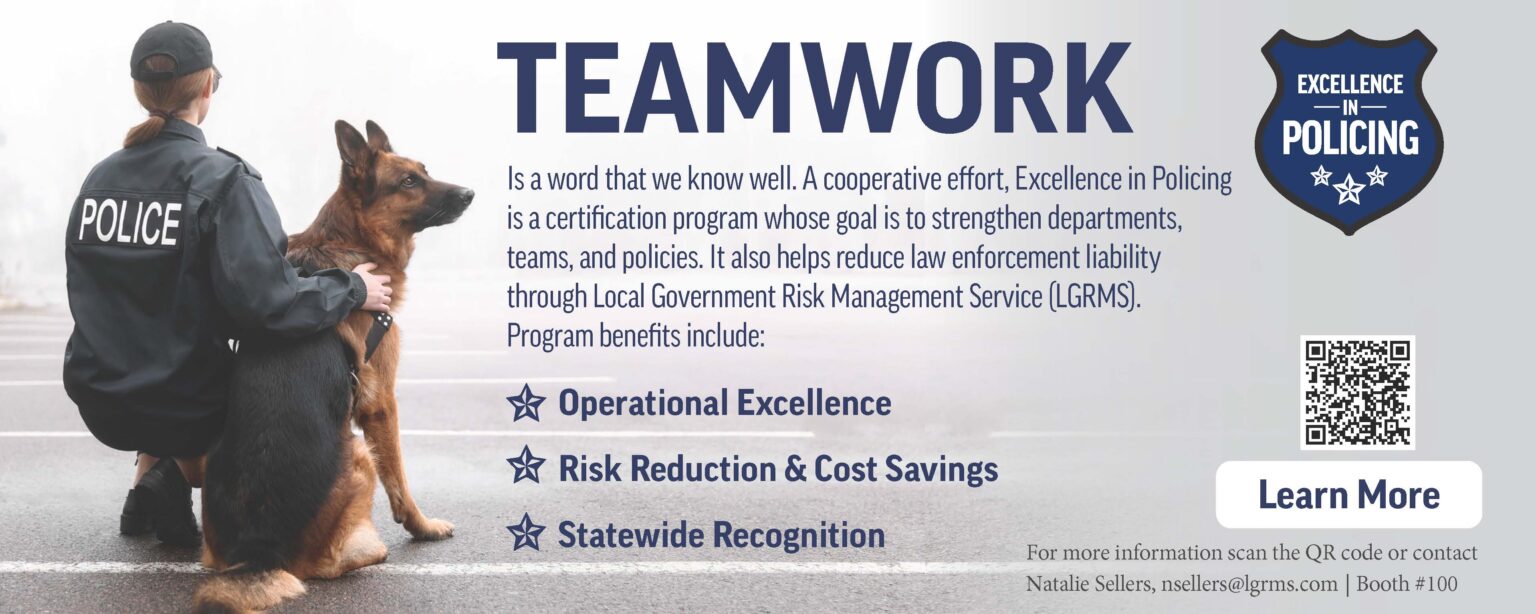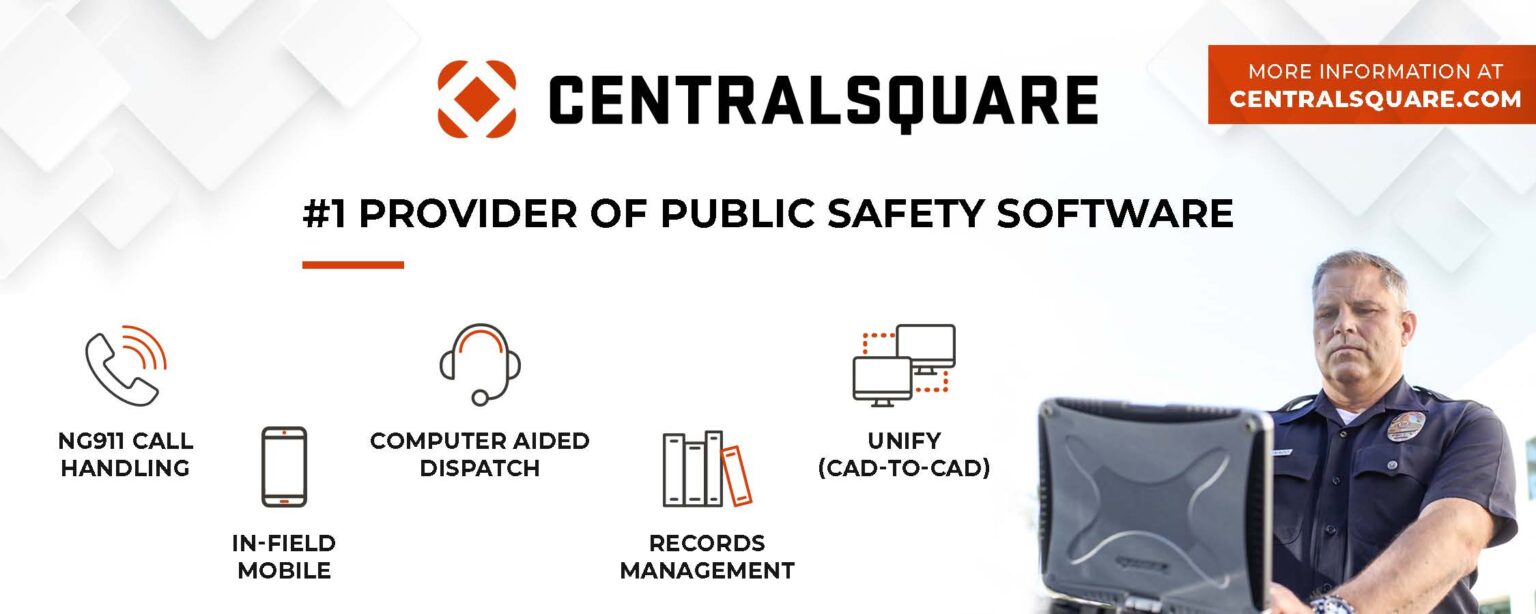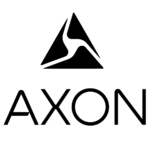
Research
Winter | 2025

Case Clearance in High and low Performing agencies
Cynthia Lum, Charles Wellford, Thomas Scott, Heather Vovack, Jacqueline A. Scherer, and Michael Goodier
Winter | 2025
Even with the advances in technology, the clearance rates of crime have remained low across the United States. Clearance of homicides have dropped from 90 percent in the 1960’s to 61 percent in 2019. To triage cases and focus limited resources where they will be most effective, many agencies have employed the use of solvability factors. However, recent findings suggest some agencies consistently perform better in clearing crimes than others. To identify the differences between high performing (HP) and low performing (LP) agencies, researchers used Federal Bureau of Investigation (FBI), Uniform Crime Report (UCR) statistics to select four LP and four HP agencies. To identify these agencies, they evaluated 30 years of homicide, aggravated assault, robbery, and burglary data from the 100 largest police departments. Using this information, they conducted four types trajectory analysis to identify the eight lowest and eight highest performing departments.
Once the eight agencies were identified, the research team spent three days at each location to interview a total of 155 command staff and supervisors. The interviews surrounded five areas:
- Organizational Structures
- Leadership and Resources
- Selection, Status, Training and Performance
- Case Assignment and Investigative Processes
- Community Interaction.
Researchers found the investigative processes for robberies, burglaries, and aggravated assault differed for HP and LP agencies. High performing agencies:
- Have more structured oversight and formal interactions between investigative units and agency leadership.
- Are more likely to have investigative units that have good relationships with other units and that share information regularly and well with other units.
- Have investigative units that have specific goals and performance metrics for both the unit and for investigators within that unit.
- Assign most, if not all, serious crimes to an investigator, at least for preliminary review. While this is expected for homicides, HP agency investigative units also do this with robbery, burglary, and aggravated assaults cases.
- Have investigators who more frequently respond to the initial crime scene shortly after crimes have been reported.
- Have investigators who either have (or are required to have) specialized experience before joining investigative units or are expected to be formally trained on specific skills once they join those units.
- Have standard operating procedures for investigations, where cases are managed carefully and have requirements for completion.
- Support their investigative units with both resources and symbolically (units are viewed as prestigious and investigations are seen as a priority); and
- Have more opportunities for interactions with their communities generally and for investigations specifically (especially using social media). High-performing agencies characterize their relationship with their communities as positive and are more likely to have specific initiatives to improve community interactions for investigations or to encourage witnesses to come forward. 1
"The question is ‘whether agencies and their communities have the will, resources, and support to make adjustments to be more effective in their investigative practices’."
Using this information, the researchers created a ‘best practices scale’ to evaluate the case status of homicide cases. It was determined that “for each one-unit increase in the number of organizational best practices a department adheres to, there is a 95% increase in the likelihood of solving a homicide”. In the end, agencies are not destined to experience pre-determined clearance rates. But to improve them will require agencies to implement ‘the policies, practices, and resources to solve crime.’

Cynthia Lum

Charles Wellford

Thomas Scott

Heather Vovack

Jacqueline A. Scherer

Michael Goodier
Cynthia Lum, Charles Wellford, Thomas Scott, Heather Vovack, Jacqueline A. Scherer, and Michael Goodier, “Differences Between High and Low Performing Police Agencies in Clearing Robberies, Aggravated Assaults, and Burglaries: Findings from an Eight Agency Case Study”, Police Quarterly, 2023 Vol. 27 (2), pp. 135 – 157.
For more detailed information on this study see: “Clearing Homicides: Role of Organizational, Case, and Investigative Dimensions’, Charels F. Wellford, Cynthia Lum, Thomas Scott, Heather Vovak and J. Amber Scherer, Criminology and Public Policy, 2019;1-14. DOI: 10.1111/1745-9133.12449

Natalie Sellars
Natalie Sellars has served as a Senior Law Enforcement Risk Consultant with Local Government Risk Management Services (LGRMS) for the past 10 years. She holds a Bachelor of Arts in Criminal Justice from Augusta State University and a Master of Arts in Criminal Justice from Troy University. Previously she served as a parole officer, academy instructor, and Assistant Chief with the Georgia State Board of Pardons and Paroles.






















